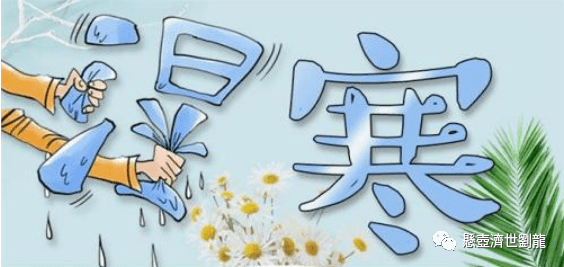 Cold is one of the six excesses (liuyin) in Traditional Chinese Medicine (TCM) and is a common pathogenic cause. The six excesses are often related to seasonal climate and environmental factors. Cold is the primary qi of winter, and its pathogenic effects can be categorized into internal cold and external cold.
Cold is one of the six excesses (liuyin) in Traditional Chinese Medicine (TCM) and is a common pathogenic cause. The six excesses are often related to seasonal climate and environmental factors. Cold is the primary qi of winter, and its pathogenic effects can be categorized into internal cold and external cold.
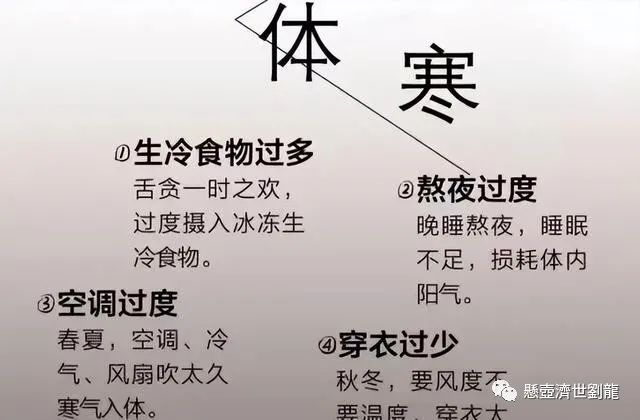
Internal cold is a manifestation of yang deficiency and qi deficiency, indicating a decline in bodily functions. When yang is deficient and yin is excessive, warmth is lost, leading to the generation of cold from within (often significantly related to the kidneys); external cold refers to the invasion of cold pathogens from the outside. Although internal and external cold are distinct, they are interconnected and influence each other. Individuals with internal cold due to yang deficiency are more susceptible to external cold; conversely, if external cold invades the body and lingers for a long time, it can damage the internal yang qi, leading to excessive yin and various pathological changes.
Cold is a manifestation of excessive yin, as the saying goes, “when yin is excessive, cold prevails,” and “when yin is excessive, yang diseases arise.” When yang qi is damaged, it loses its normal warming and qi-transforming functions, making it easy to develop cold syndromes characterized by functional decline. If external cold invades the muscle surface, symptoms such as chills and cold pain in the muscles and joints may occur; if the cold pathogen directly affects the spleen and stomach, symptoms like abdominal cold pain, vomiting, and diarrhea may arise; if there is spleen and kidney yang deficiency, symptoms such as aversion to cold, cold limbs, lower back and knee pain, edema, abdominal water retention, clear and profuse urination may appear; if heart yang is damaged, symptoms like chest tightness, pain, and palpitations may occur, which can easily trigger cardiovascular diseases such as myocardial infarction.
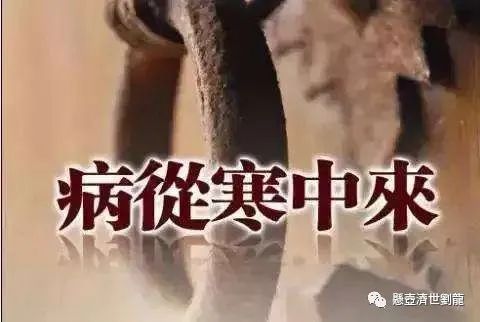
Stagnation and obstruction refer to the inability to flow freely. The reason why qi and blood circulate continuously and unobstructed in the body relies on the warmth of yang qi. The stagnation and obstruction of qi and blood in the meridians are mostly due to an excess of yin cold, which prevents yang qi from being invigorated. Therefore, clinically, any pain caused by cold pathogens leading to stagnation and obstruction is primarily treated by warming yang and dispelling cold.Contraction and retraction refer to the meaning of tightening and drawing in. “Cold causes qi to contract,” for instance, when cold pathogens invade the muscle surface, the pores contract, and the defensive yang is obstructed, leading to symptoms like chills and fever, body aches, and tight pulse; when cold invades the meridians and joints, it can hinder the movement of limbs, causing stiffness, pain, and numbness.
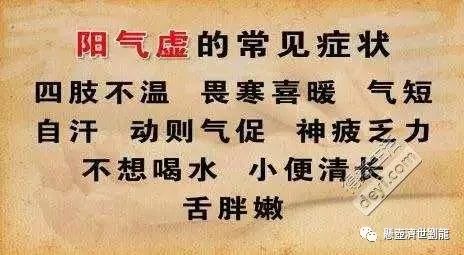
Severe cold is a major threat to human health during winter; thus, preventing cold and keeping warm is the primary health measure in winter, especially for infants, the elderly, the weak, and those with yang deficiency who are sensitive to cold. First, it is essential to enhance the insulation of living spaces; the temperature in winter (especially for the elderly) should be maintained above 18°C, ideally at a constant temperature (not exceeding 25°C). During sudden climate changes, strong winds, and cold waves, it is best to avoid going outside. Regular attention should be paid to keeping warm in the head, neck, chest, back, abdomen, lower back, knees, and feet. As the saying goes, “cold starts from the feet.” Therefore, special attention should be given to keeping the feet warm by wearing cotton shoes or fur shoes, cotton socks or wool socks, ensuring that shoes and socks are soft and clean to prevent hardness and dampness.
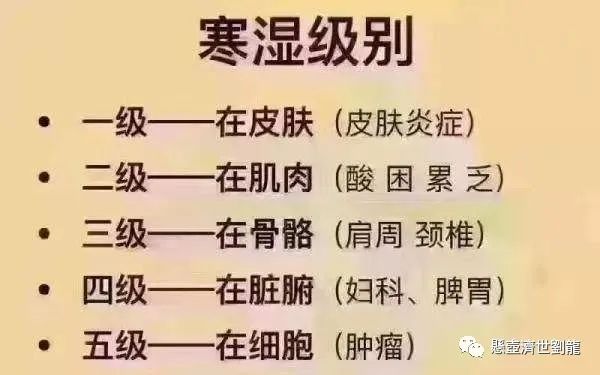
Winter is a time for closure and storage, suitable for conserving yang and protecting yin. Sweat is the fluid of the heart; if excessive sweating occurs during the severe cold season due to intense exercise or labor, it not only depletes fluids and damages yang but also leads to heavier cold and dampness after sweating, which can cause muscle and joint aches and exacerbate conditions like rheumatism. Therefore, it is essential to prevent excessive sweating in winter.In winter, it is advisable to sleep early and rise late, waiting for sunlight. Early sleep helps nourish the body’s yang qi, while late rising nourishes yin fluids. Working or exercising at sunrise can help avoid cold and maintain warmth, reducing the occurrence of colds and other diseases.

In terms of diet during the severe cold winter season, it is advisable to consume warm, soft, and nutritionally rich foods that are easy to digest, while avoiding or minimizing the intake of raw, cold, hard, and indigestible foods. It is beneficial to frequently consume foods with warming properties, such as lamb, chicken, jujubes (red dates), walnuts, chili, ginger, scallions, and garlic. Breakfast and dinner should often include porridge (such as lamb porridge, vegetable porridge, eight-treasure porridge, jujube and lotus seed sesame porridge, millet porridge, corn porridge, etc.) or hot drinks, which play an important role in strengthening the body and preventing the invasion of cold.During the severe cold winter, regular sun exposure not only strengthens the body and enhances warmth perception but also improves the yang deficiency constitution. Additionally, it can positively affect the central nervous system through visual stimuli, improving negative feelings, uplifting mood, and eliminating feelings of depression and lethargy, thus invigorating the spirit.


Consultation WeChat ID

